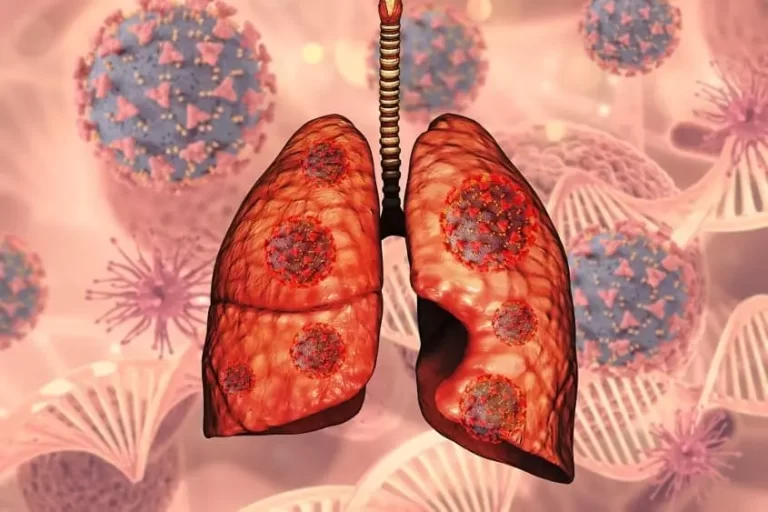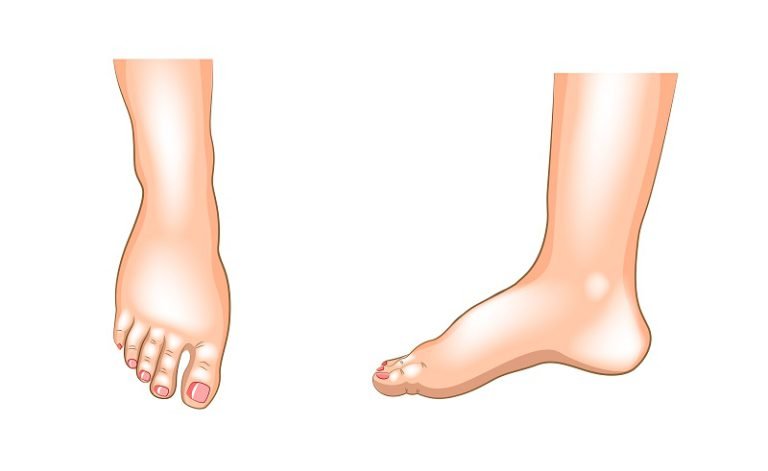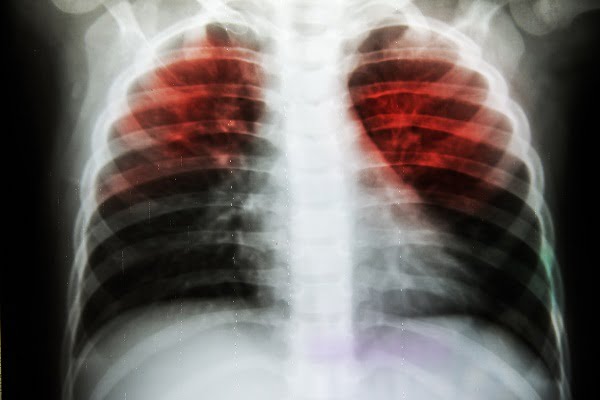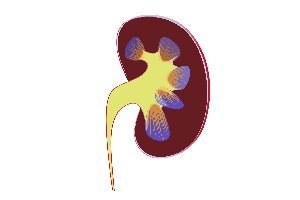Browsing: List of Diseases, Conditions & Syndromes (A-Z Index)
The page provides quick access to a list of common diseases, syndromes, health conditions, and other topics of health importance. The list is organized alphabetically. Links are provided to respective disease sections that serve as a comprehensive and ultimate guide about the disease or health condition.
A
B
Benign Prostate Enlargement Or Benign Prostatic Enlargement (BPE)
Benign Prostatic Hyperplasia (BPH)
Blood Sugar Chart/Blood Glucose Chart
C
D
E
F
G
H
I
J
K
L
M
N
O
P
R
S
T
U
V
X
The World Health Organization (WHO) has regularly been urging all the health agencies to make novel coronavirus testing a top priority in their response to the pandemic. Check out what happens when a person is suspected of coronavirus and goes through diagnosis and testing procedure.
Asthma patients are thought to be more vulnerable for coronavirus infection. However, there is no strong evidence which could suggest the exact affect of coronavirus on asthma patients. They should follow a proper action plan particularly if they notice symptoms flaring up.
COVID-19 spreads from person to person to another via respiratory droplets – little blobs of liquid released as someone coughs, sneezes, or talks. This is the primary route of transmission. Viruses contained in the droplets of body fluids such as saliva or mucus from an infected person can transmit to other people via the eyes, nose, or mouth.
These are the recently discovered images of novel coronavirus under powerful microscopes. The virus has caused COVID-19 outbreak also called coronavirus disease.
There is no evidence to suggest that children are more likely to catch COVID-19 (coronavirus infection). This means children are not more susceptible to this disease. In fact, most of the confirmed cases reported for COVID-19 infection from Wuhan, China were in adults.
Severe Acute Respiratory Syndrome (SARS) Coronavirus – SARS-CoV
SARS or severe acute respiratory syndrome is a rapidly spreading and potentially fatal viral disease that appeared first time in Southern China (2002) and then spread to more than 24 countries. In March 2003, SARS was recognized as a global threat by the Centers for Disease Control and Prevention (CDC).
What Is Tuberculosis?
Tuberculosis is an infectious disease caused by Mycobacterium tuberculosis. The infection is generally hidden i.e. it does not cause any visible symptom. About 10% of such infections of this disease advance into an active condition. If the disease is left untreated, it can become fatal.
Cushing’s syndrome occurs when there is an abnormal production of cortisol hormone in the body. Chronic exposure to excess glucocorticoid levels results in the signs and symptoms of this disease. Due to the occurrence of comorbidities, Cushing’s syndrome is associated with increased mortality and impaired quality of life. There are many complications associated with Cushing’s syndrome such as metabolic syndrome, musculoskeletal disorders, cardiovascular disorders, skin-related disorders, etc.
Peripheral neuropathy is the most common form of diabetic neuropathy that mostly affects the legs and feet first and then moves to the arms and hands. It progresses over many years and worsens over time. Diabetic neuropathy often presents symptoms like numbness, tingling or pain (diabetic nerve pain) in fingers, toes, hands, and feet.
Changes in kidney function and structure are found even at the beginning of diabetes mellitus. Studies performed over the last decade now help in the recognizing various stages of diabetic renal diseases and also in the development of renal changes that occur due to diabetes. Such a classification may be helpful for both clinical as well as research purposes.













